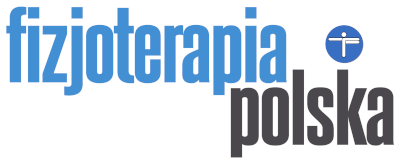The importance of systematic rehabilitation over 45 years of a patient with developmental dysplasia of the hip joint (case study)
Eleonora Stefańska-Szachoń, Anna Kubsik-Gidlewska, Marek Krochmalski, Marta Woldańska-Okońska, Marek Kiljański
Eleonora Stefańska-Szachoń, Anna Kubsik-Gidlewska, Marek Krochmalski, Marta Woldańska-Okońska, Marek Kiljański – The importance of systematic rehabilitation over 45 years of a patient with developmental dysplasia of the hip joint (case study). Fizjoterapia Polska 2023; 23(2); 182-194
DOI: https://doi.org/10.56984/8ZG0DF5B2
Abstract
Congenital hip dysplasia is a teratogenic defect and affects 2% of the population; It arises in the fetal period and can be caused by pathological factors from both the mother and the fetus. The hallmark of congenital hip dysplasia is an undeveloped, excessively shallow acetabulum that prevents stabilization of the femoral head, resulting in hip dislocation. In recent years, there has been a shift in understanding of this musculoskeletal defect, based on early clinical and ultrasound findings, to developmental hip dysplasia, which can present as hip subluxation or dislocation. This paper presents the stages of treatment of a patient with developmental hip dysplasia over a 45-year period, the course of rehabilitation, and the effects of improvement after the use of CD34+ stem cells.
Key words: congenital hip dysplasia, developmental hip dysplasia, CD34+ stem cells, case stage
| Pobierz/Download/下載/Cкачиваете | Download for free (only English version) |

